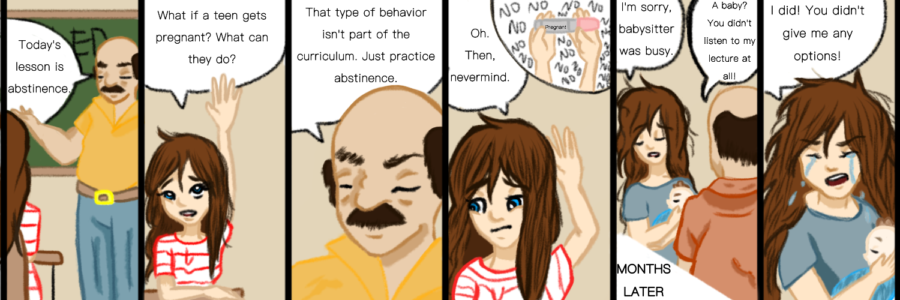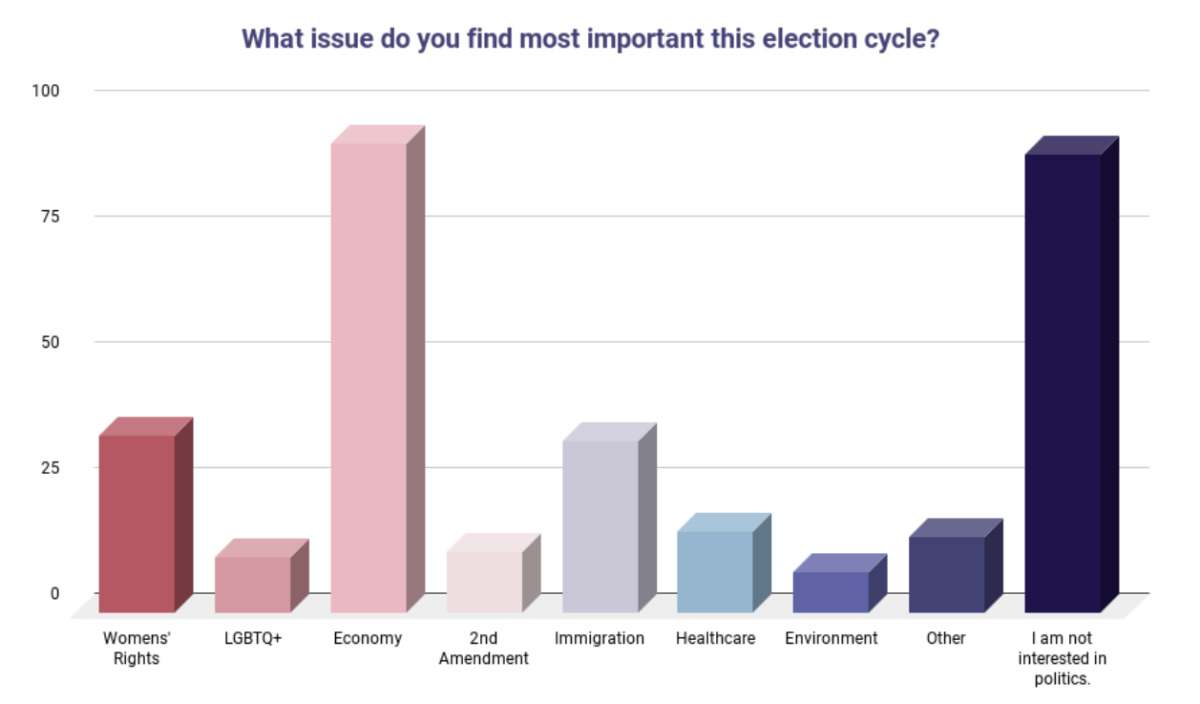The curriculum should shift focus, not only discussing the advantages of abstinence but also comprehensive information about sexual health.
Texas schools notoriously shy away from teaching sex education beyond surface level, or fail to teach it at all. This is because the state of Texas requires that sex education must teach an abstinence-only approach. But this method isn’t working. According to a survey done by the Center for Disease Control in 2013, about half of Texas teens report having had sex, and by 12th grade that statistic rises to over 60 percent.
Though state law requires that sex education in schools must emphasize abstinence, the curriculum itself is left up to individual school districts. Some teach abstinence along with information about sexual health. Abstinence-only education is an outdated curriculum that leaves half of Texas students in the dark about their health. This needs to change. Curriculum must steer away from abstinence-only programs, and shift to an approach that speaks to all students.
Current methods of teaching rely on moral shaming and negative fear tactics to push the message of abstinence. In sex education lessons, people who are no longer virgins are considered damaged goods. They are likened to cups that have been spit into, tape that won’t stick, dirty chocolate that has been handled and flowers that have been plucked of their petals. Instead of an honest discussion about sex, these teachings rely on shame and mockery. Sex is only a moral discussion, and one’s worth is based on whether or not they are a virgin. These methods of teaching effectively discourage any questions about sex and alienate half the students in the room. Because of the negativity, students don’t ask questions and concerns about sexual health that are currently relevant to their own lives.
Information regarding sex, contracep-tion and relationships are most vital to a high school audience, as opposed to a middle school audience, yet most of this teaching stops by the end of 8th grade. A high school audience is more mature and receptive to this information simply because it directly affects them.
According to The Marquee’s poll, little to no sex education is taught in high school. By age 19, most students will lose their virginity, and continue to have sex. Though this is when education and resources are most vital, students receive no guidance. Abstinence-plus education is the alternative that an increasing number of school districts in the state are adopting. Proponents of abstinence-only education chalk up its effectiveness to the simple fact that abstinence is the only way to prevent STDs and pregnancy. However abstinence-plus programs do this while also opening up an honest discussion about health that doesn’t alienate or shame students.
Instead of strictly focusing on abstaining from sex, abstinence-plus also talks about how students can protect themselves against unwanted pregnancy and STDs. In doing this, schools can continue to stress the advantages of staying celibate until marriage while educating about contraceptive use and STD testing.
As a leading school district that continually excels in technology and education, LISD should shift to a more inclusive sex ed curriculum that reaches not half, but all its students.
With the elimination of Health as a required class, sex education should be a higher priority for LISD. It should be implemented more fully into required classes such as biology, or in periodic lessons like the Marauder Time presentations. The curriculum should shift focus, not only discussing the advantages of abstinence but also comprehensive information about sexual health.






